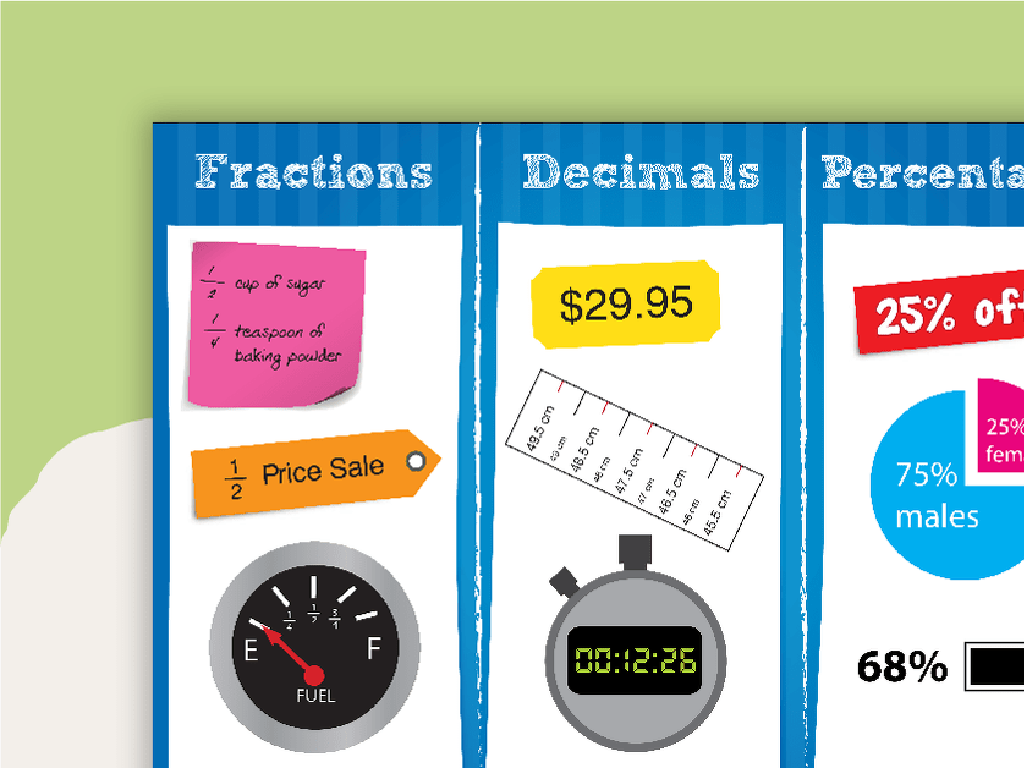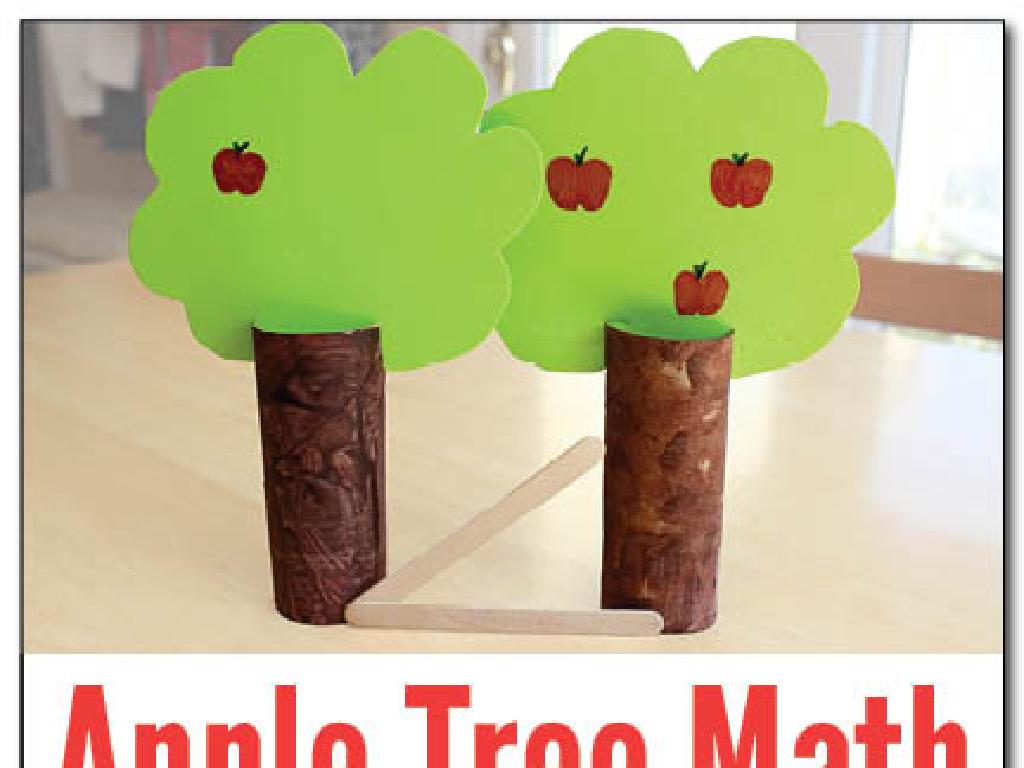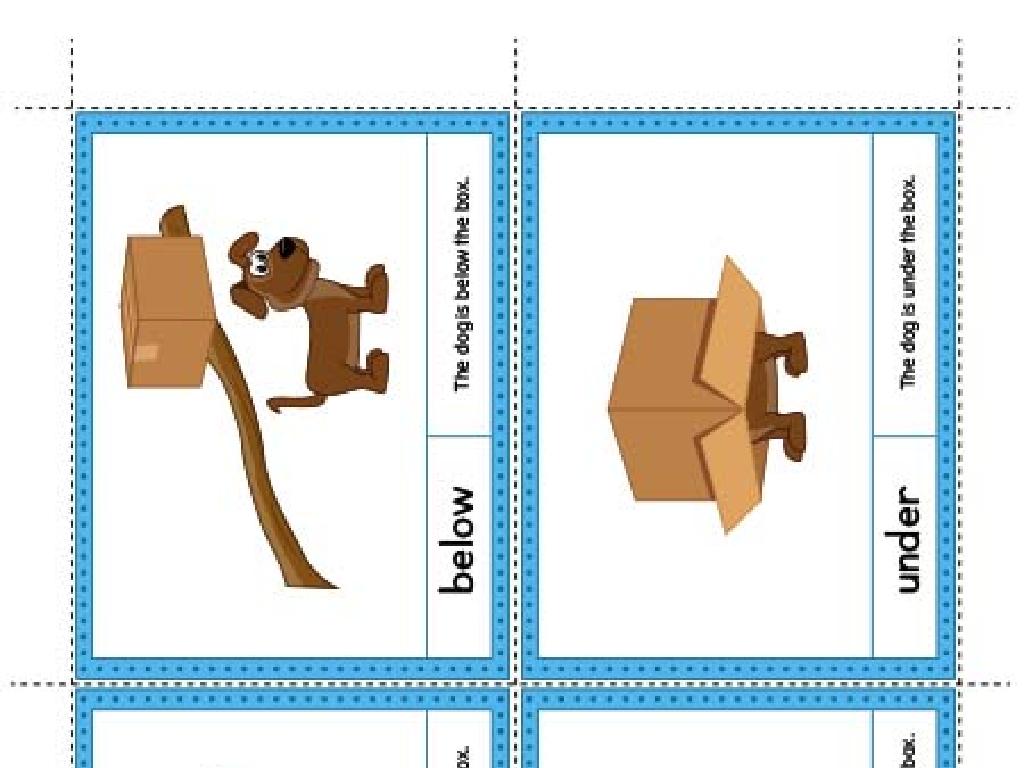Identify Plurals, Singular Possessives, And Plural Possessives
Subject: Language arts
Grade: Sixth grade
Topic: Nouns
Please LOG IN to download the presentation. Access is available to registered users only.
View More Content
Exploring Nouns: Forms and Functions
– What are plurals and possessives?
– Plurals: more than one (books, dogs). Singular possessive: belonging to one (dog’s toy). Plural possessive: belonging to many (dogs’ park).
– The role of nouns in sentences
– Significance of noun forms
– Knowing noun forms helps avoid confusion and makes writing clear.
– Examples: Plurals and possessives
– Singular: cat, plural: cats. Singular possessive: cat’s food. Plural possessive: cats’ owner.
|
This slide introduces the concept of plurals and possessives, which are essential forms of nouns. Plurals indicate more than one of something, while possessives show ownership. Understanding these forms is crucial for students as it aids in constructing clear and precise sentences, which is a key skill in both written and verbal communication. Provide examples to illustrate how adding ‘s’ or ‘es’ can change a noun to its plural form, and how adding an apostrophe, with or without an ‘s’, transforms a noun into its possessive form. Emphasize the importance of context in determining the correct form to use. Encourage students to think of their own examples and to be mindful of these forms in their daily reading and writing.
Exploring Plural Nouns
– Define plural nouns
– A noun that indicates more than one person, place, or thing
– Regular vs. irregular plurals
– Regular plurals add ‘s’ or ‘es’, irregulars change form
– Example: ‘cat’ to ‘cats’
– Adding ‘s’ to make ‘cat’ plural
– Example: ‘child’ to ‘children’
– Irregular plural form of ‘child’ is ‘children’
|
This slide introduces the concept of plural nouns to the students, distinguishing between regular and irregular forms. Plural nouns are used when there is more than one of something. Regular plurals typically involve adding ‘s’ or ‘es’ to the end of the word, as in ‘cat’ becoming ‘cats’. However, irregular plurals change form completely, such as ‘child’ becoming ‘children’. Provide additional examples for both regular and irregular plurals, and encourage students to come up with their own examples. This will help them understand the concept and how to use it in writing.
Mastering Singular Possessive Nouns
– Forming Singular Possessives
– Add ‘s to a singular noun to show possession
– Use of apostrophes for ownership
– An apostrophe before the s indicates one owner
– Example: ‘The girl’s book’
– ‘The girl’s book’ means one girl owns the book
– Practice with different nouns
|
This slide introduces the concept of singular possessive nouns to the students. It’s crucial to explain that by adding an apostrophe and ‘s’ to a singular noun, we show that something belongs to that noun. Use the example ‘The girl’s book’ to illustrate that the book belongs to one girl. Emphasize the placement of the apostrophe before the ‘s’ to indicate a single owner. To reinforce learning, provide students with various nouns to practice turning them into their singular possessive forms. Encourage them to think of items they own and how they would write that in a sentence, such as ‘John’s pencil,’ ‘Lisa’s backpack,’ or ‘the dog’s leash.’
Plural Possessive Nouns
– Forming plural possessives
– Add ‘s or just ‘ to make nouns show ownership
– ‘s’ ending vs. non-‘s’ ending plurals
– For words ending in ‘s’, add only ‘. For others, add ‘s.
– Example: ‘The girls’ books’
– ‘The girls’ books’ means the books belong to many girls
|
This slide aims to teach students how to form plural possessive nouns, which show ownership by more than one person or thing. Emphasize the difference in forming possessives for plural nouns that already end in ‘s’ versus those that do not. For plurals ending in ‘s’, such as ‘girls’, ‘classes’, or ‘buses’, we simply add an apostrophe at the end (‘girls’, ‘classes’, ‘buses’). For plural nouns not ending in ‘s’, like ‘children’ or ‘men’, we add ‘s (‘children’s’, ‘men’s’). Use the example ‘The girls’ books’ to illustrate that the books belong to multiple girls. Encourage students to come up with their own examples and write sentences using plural possessive nouns. This will help solidify their understanding of how to correctly use apostrophes to show possession in plural nouns.
Let’s Practice: Forms of Nouns
– Identify nouns in sentences
– Classify the type of noun
– Is it singular, plural, singular possessive, or plural possessive?
– Write sentences with varied nouns
– Create one sentence for each noun form
– Share and discuss your examples
|
This slide is for a class activity focused on identifying and classifying nouns. Students will first identify nouns within given sentences. Then, they will determine the type of noun: singular, plural, singular possessive, or plural possessive. The activity requires students to write five sentences, each using a different form of noun. This exercise will help reinforce their understanding of noun forms and how they are used in context. For the teacher: Prepare examples to show in class, guide students through the first few examples, and encourage peer discussion to enhance learning. Possible activities could include students writing sentences on the board, peer review of sentences, or creating a classroom display with their sentences.
Group Activity: Noun Poster Creation
– Form small groups for poster making
– Include examples of plurals, singular possessives, and plural possessives
– Plurals (dogs), singular possessives (dog’s ball), plural possessives (dogs’ park)
– Design and decorate your noun poster
– Present and explain your poster to the class
– Share the reasoning behind your examples
|
This class activity is designed to encourage collaboration and creativity while reinforcing the concepts of plurals, singular possessives, and plural possessives. Divide the class into small groups and provide them with poster materials. Each group should display examples of each noun type creatively. Encourage them to use colorful designs and clear handwriting. After completion, each group will present their poster, explaining the examples they chose. This will help students articulate their understanding and learn from their peers. Possible variations for different groups could include focusing on specific themes, such as animals, school items, or family members, to make the activity more engaging.
Review and Reflect: Types of Nouns
– Recap of today’s lesson
– Importance of noun types
– Differentiating helps in proper grammar usage
– Quick Quiz: Identify noun types
– Sentences will be provided for practice
– Feedback on understanding
|
Today’s lesson focused on identifying plurals, singular possessives, and plural possessives. Understanding these concepts is crucial for students as it aids in proper sentence structure and clarity in writing. The ability to differentiate between these types of nouns allows for more precise communication. For the quick quiz, provide sentences where students must identify the type of noun used. This will help reinforce their learning and provide immediate feedback on their understanding. Encourage students to explain their reasoning for their answers to ensure comprehension.






